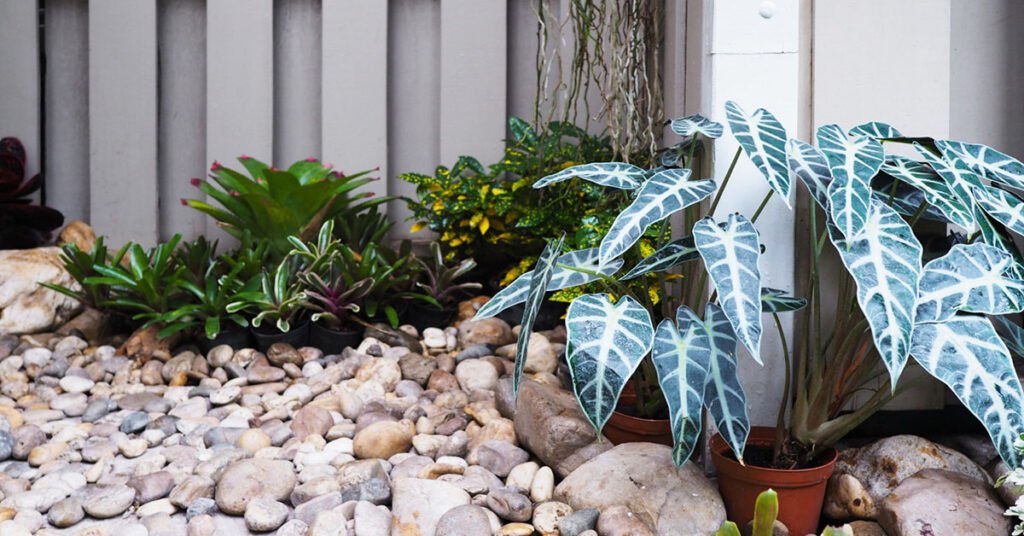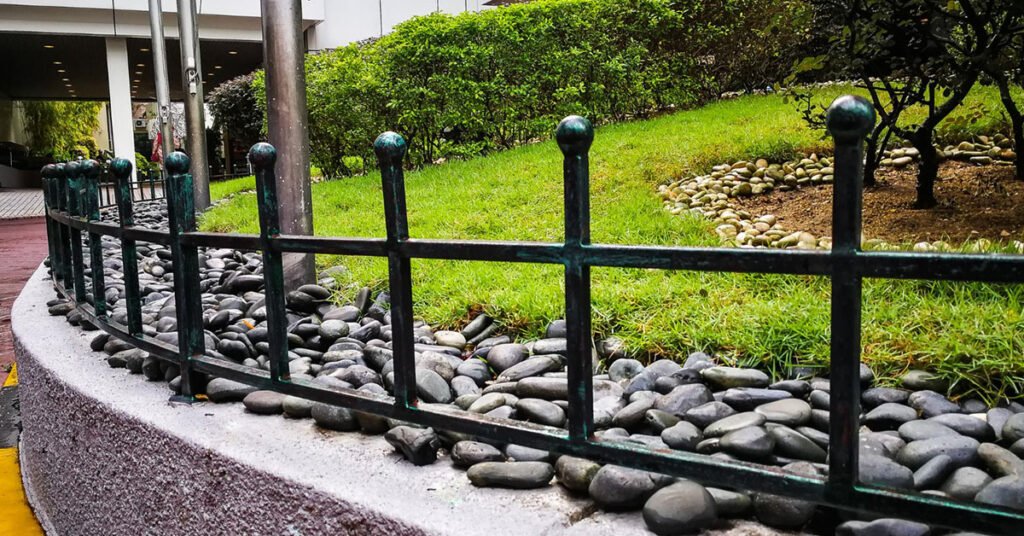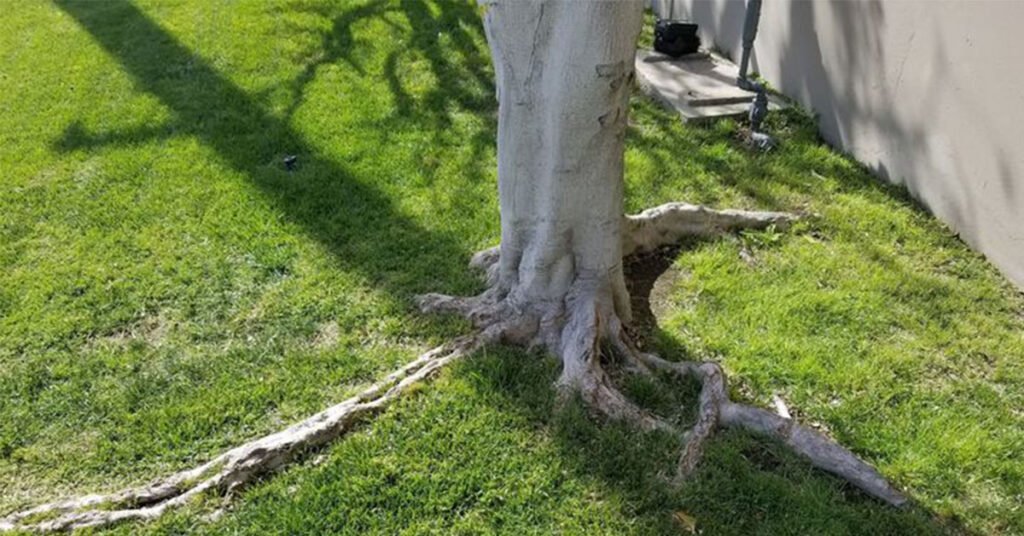It is important to pay attention to every detail in landscaping. In landscaping, one of the fundamental elements you will encounter is the use of landscape rocks. A natural element like these can enhance an outdoor space’s texture, depth, and beauty. However, they must be carefully planned and implemented to remain in place. This comprehensive guide will show you how to keep landscape rocks in place using various techniques and tips. Let’s get started.
Importance of Stability for Landscape Rocks
It’s crucial to understand why stability matters for landscape rocks. Rocks that are not properly secured can shift or become displaced over time, creating safety hazards and detracting from the overall aesthetic appeal of your landscaping project.
Whether you’re creating a pathway, a garden border, or a decorative feature, ensuring that the rocks stay in place is essential for both functionality and visual impact.
How to Keep Landscape Rocks in Place
The following are the steps that you should follow to keep landscape rocks in place.
Choosing the Right Type of Rocks
The first step in ensuring stability is selecting the appropriate type of rocks for your landscaping project. Opt for rocks that are heavy and have flat surfaces, such as river rocks, flagstones, or large boulders. These types of rocks are less likely to move once installed and will provide a solid foundation for your landscaping design.
Additionally, consider the size and shape of the rocks to ensure they fit seamlessly into the desired space without gaps or instability.
Preparing the Ground
Proper groundwork is essential for creating a stable foundation for your landscape rocks. Start by clearing the area of any debris, weeds, or uneven surfaces. Use a rake or shovel to level the ground, removing any bumps or dips that could cause the rocks to sit unevenly.
Once the ground is level, compact it firmly using a tamper or compactor to provide a solid base for the rocks to rest upon. This will help prevent settling and shifting over time, ensuring long-term stability for your landscaping project.
Edging and Containment
To prevent the rocks from spreading or shifting over time, it’s crucial to create defined edges and containment barriers. This can be achieved using various materials such as metal, plastic, or stone edging.
Install the edging along the perimeter of the rock bed, ensuring it extends below ground level to prevent lateral movement. Additionally, consider using stakes or anchors to secure the edging in place and provide additional stability.
Utilizing Geotextile Fabric
For added stability and weed control, consider using geotextile fabric beneath the layer of rocks. This permeable fabric allows water to drain through while preventing the growth of weeds and helping to hold the rocks in place.
Simply lay the fabric over the prepared ground before adding the rocks, ensuring it overlaps at the seams to create a continuous barrier. This will help prevent the rocks from settling into the soil over time and provide a stable foundation for your landscaping design.
Interlocking or Stacking
In areas where stability is particularly crucial, such as retaining walls or sloped terrain, consider interlocking or stacking the rocks to create a more secure structure. This can be achieved by selecting rocks with flat surfaces that fit together like puzzle pieces, or by using mortar or concrete to bind them together.
Interlocking the rocks will help distribute weight evenly and prevent shifting or settling, ensuring long-term stability for your landscaping project.
Backfilling and Compacting
Once the rocks are in place, it’s essential to backfill the surrounding areas with soil or gravel and compact it firmly to provide additional support and stability. Use a tamper or compactor to ensure the backfill is evenly distributed and tightly packed, minimizing the risk of settling or erosion over time.
Pay particular attention to any gaps or voids between the rocks, filling them in with backfill material to prevent movement or displacement.
Regular Maintenance
Finally, to ensure long-term stability and aesthetics, it’s essential to perform regular maintenance on your landscape rocks. This includes checking for signs of movement or erosion, replenishing any displaced rocks or backfill, and addressing any weed growth or drainage issues promptly.
By staying proactive with maintenance, you can preserve the integrity of your landscaping design and enjoy beautiful outdoor spaces for years to come.
Read More: How To Market A Landscaping Business
Conclusion
You’ve taken the first step towards mastering the art of keeping landscape rocks in place. By following the techniques and tips outlined in this guide, you can create stunning outdoor spaces that are not only beautiful but also stable and functional.
Remember, proper preparation, selection, and maintenance are key to achieving long-lasting results in your landscaping endeavors.



